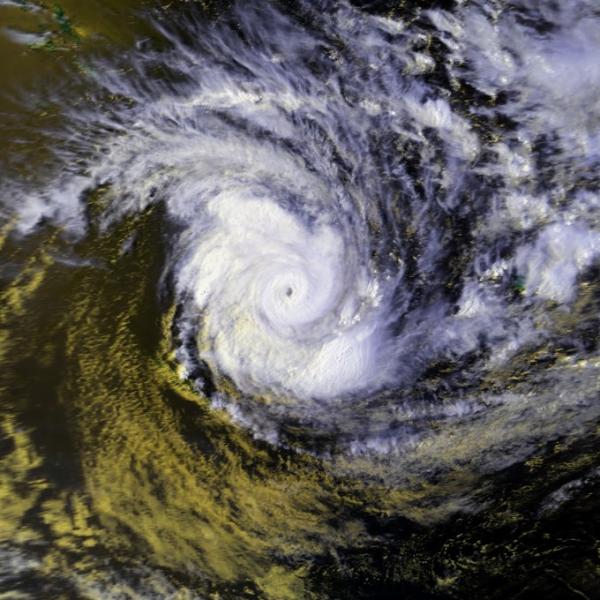From “The New Zealand Weather Book” by MetService Expert Meteorologist Erick Brenstrum
Blog published by Lisa Murray Communications Meteorologist

Satellite image of Tropical Cyclone Bola, before moving south towards New Zealand and evolving into a mid-latitude Low. Image from NOAA-9